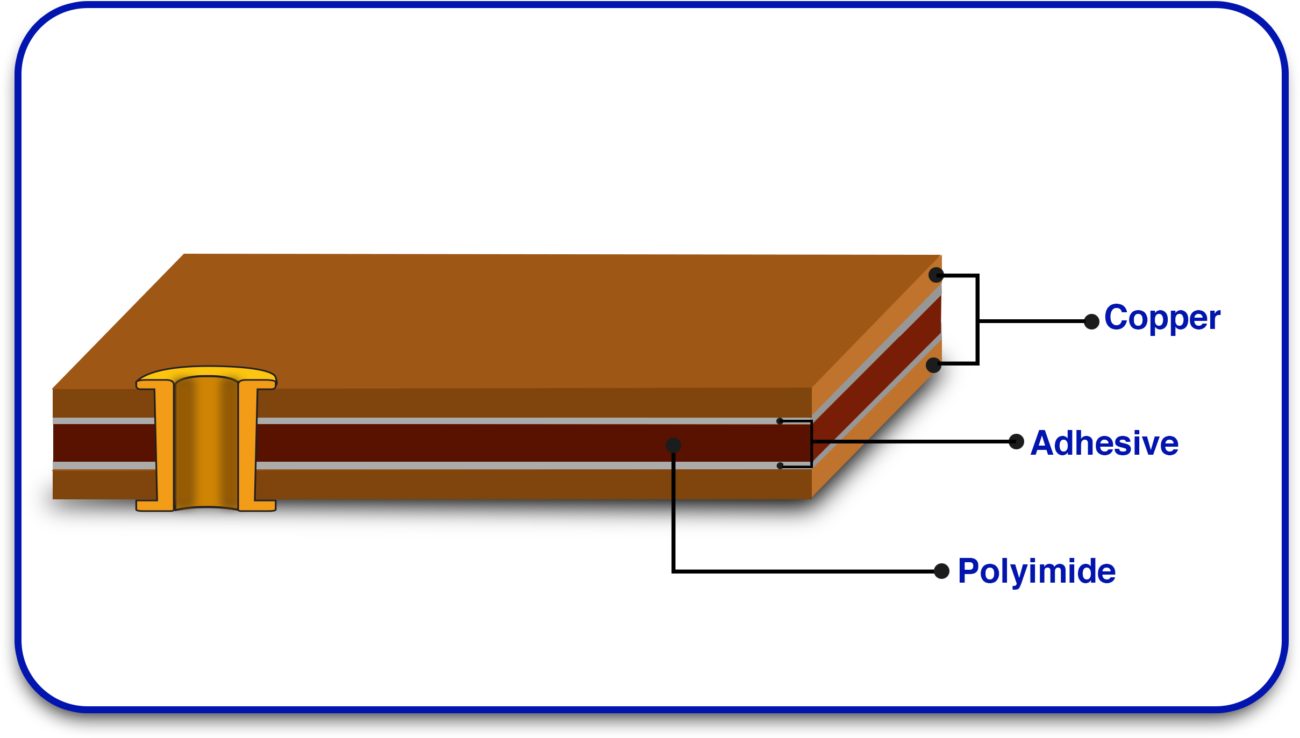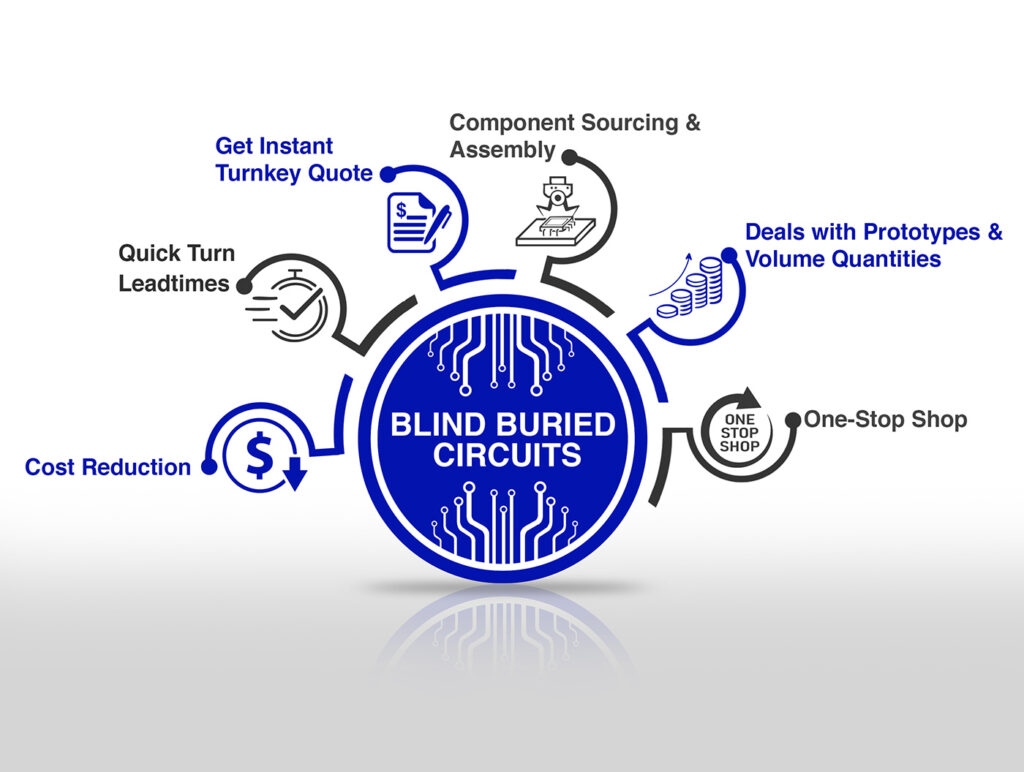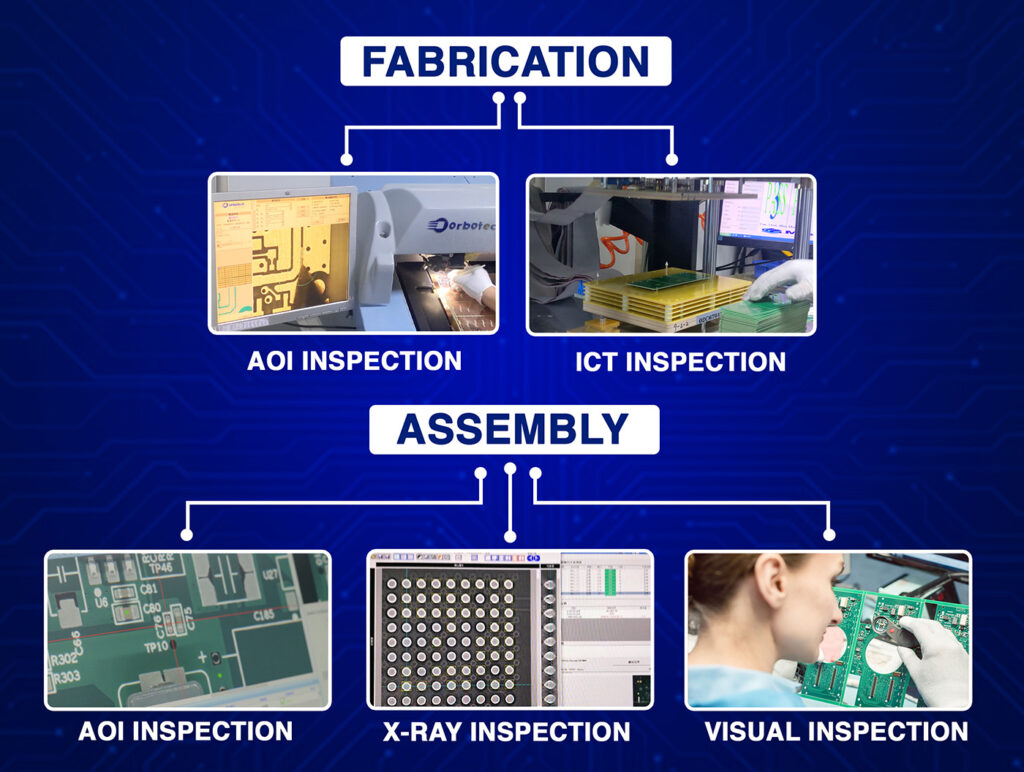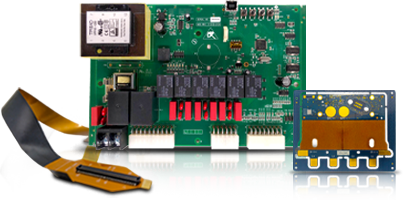In today’s world, technology is constantly advancing, and with it, the components that make up modern electronics. One such component that has become increasingly essential in flexible electronics is the polyimide PCB material. If you are familiar with flex circuit boards or the technology behind them, you likely know that materials play a crucial role in ensuring performance, durability, and adaptability. But why is polyimide considered the ideal choice for these designs?
This article discusses the importance of polyimide PCB material in the designs of flex circuits. Whether you are an engineer, a product developer, or even someone who cares about the electronics world, this blog post is must-read. It gives clear-cut reasons for how polyimide circuit boards make a huge difference in material designs.
What is Polyimide?
Polyimide is a plastic material that has outstanding heat resistance, mechanical stability, and flexibility. It is used in a wide range of industries, from aerospace to electronics. For flex circuit boards, polyimide PCB material offers a combination of properties that make it ideal for creating flexible, lightweight, and durable circuits.
Polyimide is a material that possesses excellent chemical and thermal stability, meaning it can endure extreme temperatures without breaking down. This makes it the top choice for flexible circuit board manufacturers who require materials that can withstand heat and other environmental factors while maintaining high performance.

Why Flex Circuit Boards Need Polyimide?
Flex circuit boards (PCBs) are unique from traditional PCBs. They are bent, twisted, and accommodated in small or nonconventional spaces. They are found in devices such as smartphones, medical equipment, automotive electronics, and wearable technologies. Polyimide PCB material offers several advantages for these designs that help meet the unique demands of flexible applications.
- Flexibility for Complex Designs
Flex circuit boards have to bend without breaking. Polyimide circuit boards are very flexible and can fit into tight spaces or intricate designs. They can be bent into any shape without breaking the electrical connections. This is very important in wearable electronics, where devices must be compact, light, and bendable.
Polyimide PCB material is more flexible than traditional PCB materials, making it easier to incorporate it into flexible designs. This flexibility allows engineers to create more complex and intricate layouts, which is not possible with rigid PCBs. Polyimide PCBs also allow manufacturers to produce thinner and more versatile circuits.
- Heat Resistance
One of the greatest challenges in electronic devices is heat. Excessive heat can damage the circuit and its components. However, polyimide circuit board material does not warp, degrade, or lose its functionality at high temperatures. Thus, it’s a perfect fit for applications involving extreme temperatures, such as automotive electronics or industrial machinery.
Heat resistance is a must in flexible designs to ensure the circuit boards will not break up and remain totally functioning. Polyimide is resistant to higher temperatures, which will be critical for flexible circuit board manufacturers requiring reliable and strong materials.
- Durability and Reliability
Polyimide circuits are often subjected to physical stresses, including bending, stretching, and vibration. Polyimide is recognized for its high mechanical strength and durability, making it ideal for use in applications with repeated movement or exposure to physical stress. The circuit boards’ flexibility, therefore, enables them to survive these stresses without cracking or breaking, thus making them reliable over time.
In devices where continuous operation is crucial, such as in medical equipment or aerospace applications, polyimide PCB material provides the durability needed to withstand continuous use while ensuring optimal performance.
- Chemical Resistance
Polyimide circuit boards also possess another important feature: the ability to resist chemicals. Polyimide is suitable for use in severe environments because it does not react with most solvents, oils, and other chemicals. This chemical stability ensures that the flex material will not degrade or lose its performance when exposed to these substances. In many industries, including automotive and manufacturing, flexible circuit board manufacturers choose polyimide because of its ability to endure harsh chemical environments.
- Lightweight and Compact
Another advantage of polyimide PCB is its lightweight nature. In many flexible circuit designs, space is limited, and weight must be minimized. Polyimide provides a lightweight solution while maintaining the necessary durability and flexibility for flex designs. This is especially important for consumer electronics, where portability is a key selling point.
Polyimide PCBs are very versatile, have excellent durability, and are lightweight. Therefore, they are used as flex material in small, compact, and lightweight designs.
Applications of Polyimide PCBs in Flex Designs
Due to their high flexibility, resistance to heat and toughness, Polyimide PCBs are broadly applied in numerous applications. Let us take a glimpse at some general uses of polyimide circuit boards in the design of the flex circuit
- Wearable Electronics
Wearables, such as smartwatches, fitness trackers, and health monitoring devices, are often small and lightweight and must conform to the shape of the wearer’s body. Polyimide circuit boards are ideal for these applications because of their flexibility and lightweight. Flex circuit board manufacturers use polyimide for wearable electronics to ensure the device can bend and twist without compromising the electrical connections.
- Consumer Electronics
Smartphones, tablets, and other consumer electronics require compact, flexible circuit boards to maximize available space and reduce the overall size of the device. Polyimide circuit boards allow manufacturers to design thinner, more flexible electronics that can withstand the wear and tear of daily use. Whether it’s flexible screens or internal wiring, polyimide PCB is a vital material in modern consumer electronics.
- Medical Devices
Polyimide is widely utilized in medical products that need flexible and durable aspects. Flexible PCBs are implemented in hearing aids, pacemakers, or other implantable devices to enable proper fit into the human body. Moreover, polyimide has chemical and thermal resistance, an advantage in applications such as the medical field, where sterilization and biocompatibility are considered.
- Automotive Electronics
Flexible circuit boards are used in various applications in the automobile industry, such as lighting, sensor systems, and control modules. Polyimide circuit boards are important in this industry because they can withstand the extreme temperatures and vibrations found in vehicles. Polyimide provides durability and heat resistance to circuits so that they will continue working in the same manner even under the severe conditions of an automotive environment.
- Aerospace and Defense
Flex circuit boards in aerospace and defence applications find uses in numerous critical systems, including navigation, communication, and control systems. For these high-stakes applications, Polyimide PCB material offers heat resistance, flexibility, and durability. The circuits will retain their integrity even when exposed to extreme conditions such as high-altitude pressure and temperature changes.
One of the key parts in the flex circuit designs is polyimide PCB material. Due to its special flexibility, high-temperature resistance, toughness, and chemical stability, this material becomes ideal for a flexible circuit designed to work within many fields, from wearable electronics to aerospace applications. Understanding its benefits is of prime importance whether you are a product developer, engineer, or manufacturer that makes the difference between choosing wisely or making some kind of poor choice in the future.
For reliable and high-quality polyimide circuit boards, you need to collaborate with experienced flex circuit board manufacturers to ensure that your projects go through to completion. If you are ready to explore the potential of polyimide PCB material, look no further than Blind Buried Circuits for all your flex material needs. If you need further help, contact our engineering team at engineering@blindburiedcircuits.com for further guidance and suggestions on your upcoming project.





